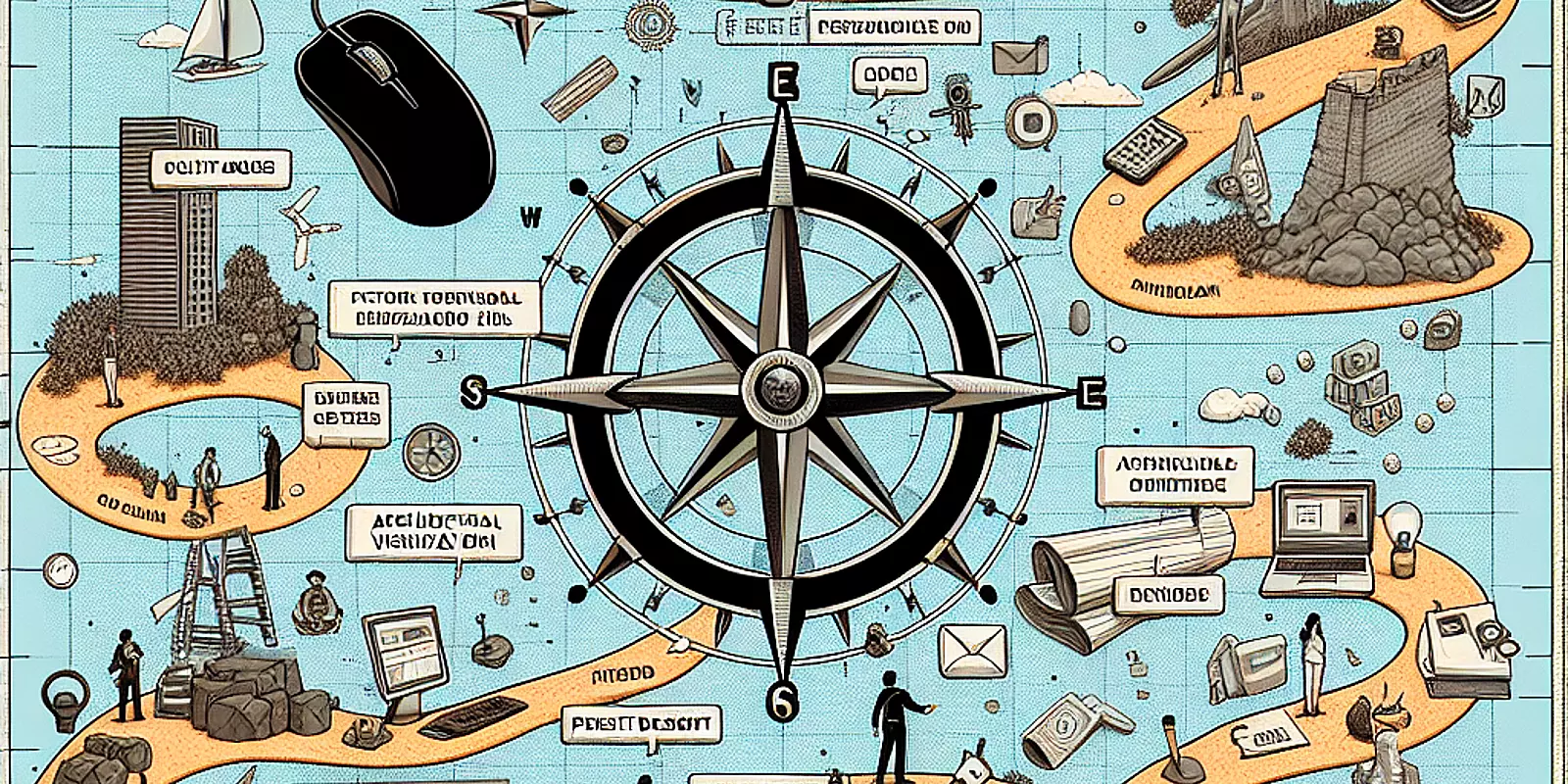
Navigating the World of Architectural Visualization: A Guide for Freelancers
In today's world, where visual storytelling plays a crucial role in shaping perceptions, architectural visualization—or archviz—emerges as a powerful medium blending creativity and professionalism. As architecture increasingly demands high-quality visual representations, the field of freelance architectural visualization grows, offering unique opportunities for skilled professionals. These experts are more than just artists; they are negotiators, technologists, and strategists adapting to an ever-evolving industry driven by technology and changing market dynamics. In this blog, we'll explore diverse career paths available to archviz freelancers and the unique challenges they face, tapping into insights from vibrant community discussions on platforms like Reddit.
Architectural visualization is experiencing a significant transformation, pushing beyond traditional boundaries to meet new market expectations. This field lies at the intersection of creativity and technology, utilizing advanced 3D modeling and rendering software to craft captivating visual narratives. Industry trends are leaning towards virtual reality (VR) and augmented reality (AR) to offer immersive experiences for clients. As cities evolve and architectural designs focus on sustainability, the demand for top-notch freelance architectural rendering jobs is on the rise. Recognizing these trends is crucial for understanding the vibrant nature of the archviz landscape, setting the stage for exploring career opportunities and anticipating potential challenges.
The evolving archviz industry positions freelancing as an attractive career choice for many professionals. Freelance architectural visualization offers the freedom to choose projects that align with personal artistic visions and work from virtually anywhere. This autonomy supports a tailor-made work-life balance, particularly appealing to creative individuals. However, freelancers face challenges such as stiff market competition and the absence of traditional employment benefits like health insurance. Managing taxes, securing client acquisition, and handling fluctuating income are part and parcel of the freelance journey. Balancing these pros and cons is essential for archviz professionals considering freelancing, as they strive to marry their passion with practical needs.
Crafting successful pricing strategies is key for those navigating the freelance architectural visualization market. Geographic location significantly influences pricing models, affecting client expectations and local market rates. Freelancers in metropolitan areas often adopt premium pricing, while those in rural locales may attract clients with more modest rates. Tiered pricing strategies can help broaden appeal, offering services that range from basic to premium, thus catering to various client needs. With technological advancements like AI tools, archviz professionals can enhance productivity, allowing for flexible pricing strategies that can either attract more clients through lower rates or maintain stable rates to expand profit margins. Success ultimately hinges on demonstrating value through strong portfolios, client testimonials, and industry insights.
In a rapidly changing field, diversification and career transitioning become essential for archviz professionals. Engaging with the community reveals alternative career paths that complement core visualization skills. For instance, transitioning into interior design allows visualization skills to enhance spatial planning and aesthetics. Another exciting avenue is architectural photography, which can enrich portfolios and foster collaborations with architects and designers.
Teaching also offers a fruitful path, enabling professionals to share expertise while staying abreast of industry practices. This not only diversifies income streams but also solidifies one's standing in the community, showcasing a commitment to learning and growth. Embracing diversification helps professionals navigate market risks and enrich their craft, especially as technological advances continue reshaping the industry.
As the architectural visualization field stands at the cutting edge of creativity and technology, career pathways for freelancers are as dynamic as the visual narratives they create. By understanding the industry's landscape and exploring diverse avenues like interior design, photography, and teaching, professionals can confidently navigate the complexities of freelancing. Strategic pricing and diversification empower freelance 3D architectural visualization artists to adapt amidst technological evolution and market shifts, securing a sustainable and fulfilling career in this captivating sector.